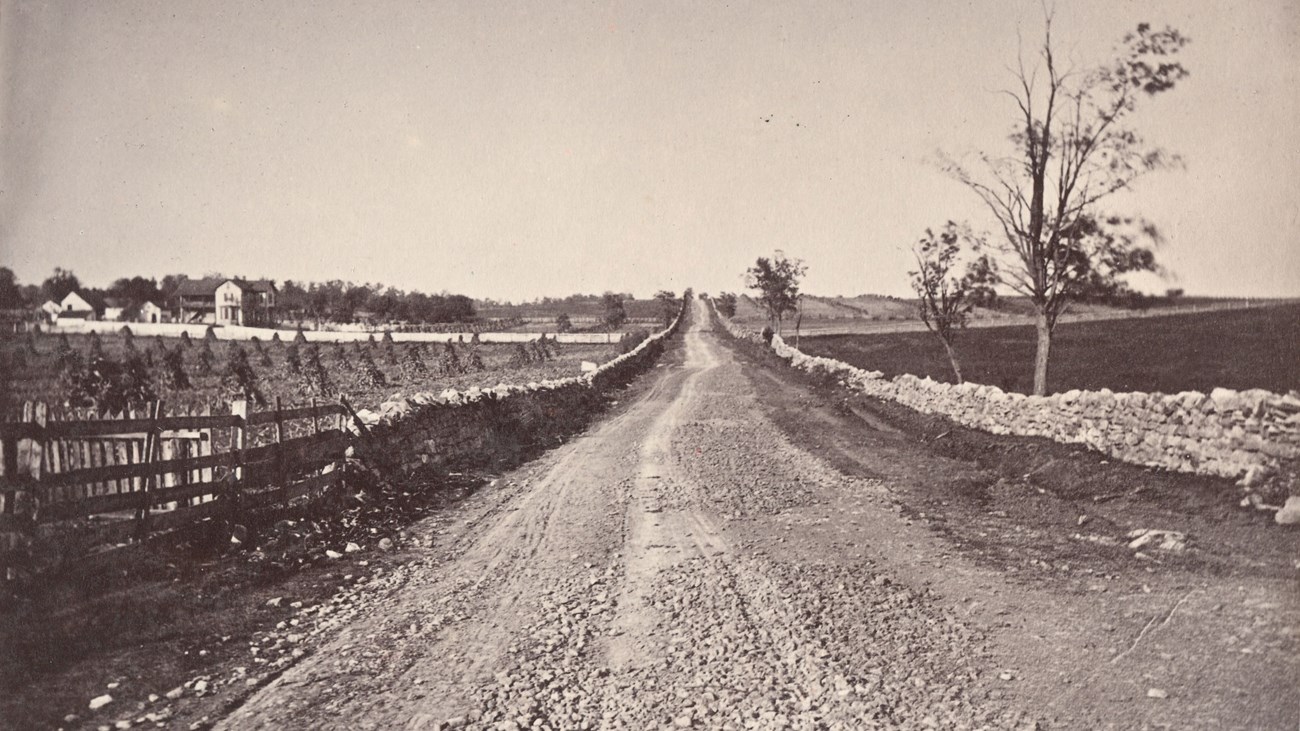Part of a series of articles titled From Backcountry to Breadbasket to Battlefield and Beyond.
Previous: Breadbasket of the South
Next: The Coming of War
Article

MOLLUS - Massachusetts Commandery
“The valley seems to be designed as the great thoroughfare between the west and the southwest to northern cities.”
1838 petition to obtain state support for building the Valley Turnpike
Agricultural products had no value unless the farmers could get their produce to market—Alexandria, Baltimore, Philadelphia, or beyond. Improvements to the key travel route, the Great Wagon Road, had come slowly. Travelers complained about its rough and, at times, treacherous conditions. To the relief of many, in 1834 the Virginia General Assembly authorized the Valley Turnpike Company to create a 68-mile macadamized road between Winchester and Harrisonburg. A later extension to Staunton made the entire Valley accessible. Businesses, farmers, and travelers depended on it and its access to markets. The Valley Pike promoted prosperity and became the lifeblood of the Valley.
“Macadamized” road construction was pioneered by Scottish engineer John McAdam around 1820. It consisted of creating three layers of stones laid on a sloped subgrade with side ditches for drainage. The first two layers consisted of hand broken stone (maximum size three inches), to a depth of eight inches. The third layer consisted of one inch stones. The layers were compacted by a heavy roller, causing the stones to lock together. Though weatherproof, macadamized roads required constant maintenance.
The Valley Turnpike was 22 feet wide and not less than 12 inches deep. As limestone was the most readily available material, it was used almost entirely throughout its construction. In addition to grading and macadamizing, construction of bridges and culverts were planned by surveyors and engineers. The original Wagon Road crossed streams at the easiest fordable location. As the Pike was engineered, bridges were located on high ground to avoid flood waters.
The Valley’s I-81 is a major trucking route and supports an average of 55,000 vehicles per day. This requires three layers of strong, compact material.
Top layer: Concrete,11 inches
Middle layer: Natural aggregates (sand, gravel, crushed stone), 21 inches
Bottom layer: Compacted soil

Library of Congress
Part of a series of articles titled From Backcountry to Breadbasket to Battlefield and Beyond.
Previous: Breadbasket of the South
Next: The Coming of War
Last updated: July 22, 2022